ຫົວຂໍ້ຕ່າງໆ
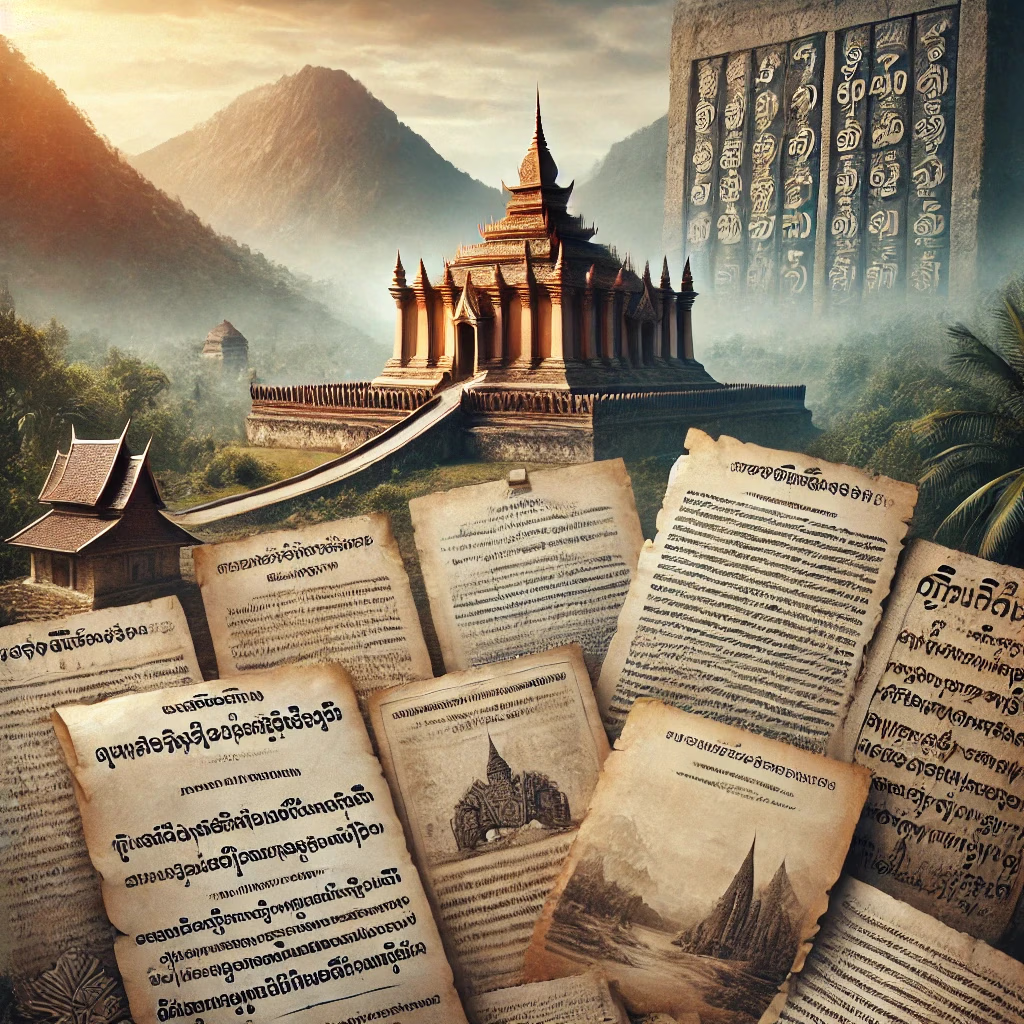
Inscription & Document
Ancient Lao inscriptions are primarily found in temples and Buddhist sites, written mainly in Pali and Lao. These inscriptions record religious, political, and social events.
Modern Lao documents cover the colonial period and post-independence history, including legal texts, government documents, and educational materials.
These documents are essential for understanding the development and transformation of Laos.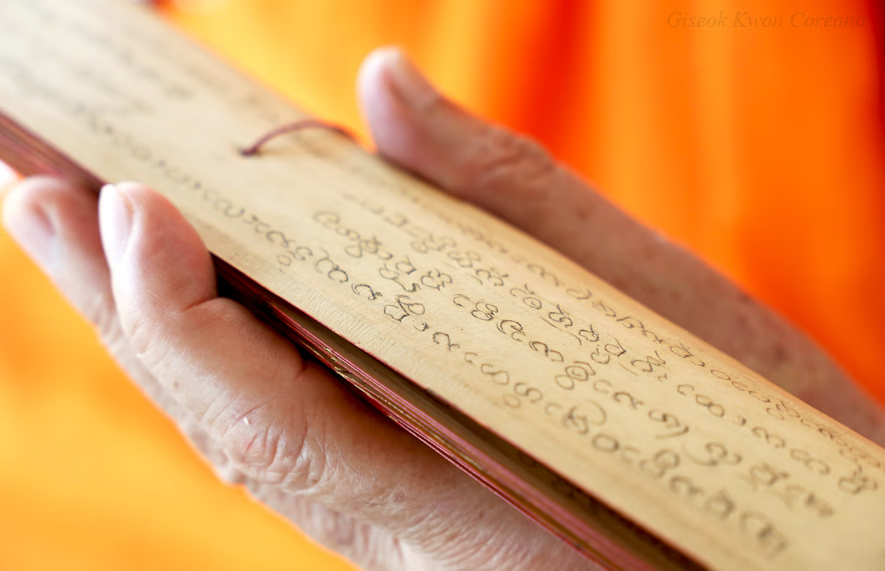
Bailan
Bailan involves writing scriptures on thin paper made from dried bamboo or palm leaves. These documents are commonly used in Buddhist temples and are carefully preserved in temple archives.
The cultural and historical value of Laotian Bailan is recognized and preserved to this day.
Khaen & Musical Instrument
The Khaen is a traditional Laotian reed instrument made of bamboo. It is prominently used in folk music and rituals, symbolizing Laotian culture with its distinctive sound and structure.
The Khaen is constructed by connecting multiple bamboo pipes, each with its own pitch. The player blows air into the pipes, causing the reeds to vibrate and produce sound.
In addition to the Khaen, Laos has a variety of traditional musical instruments that play vital roles in festivals and ceremonies.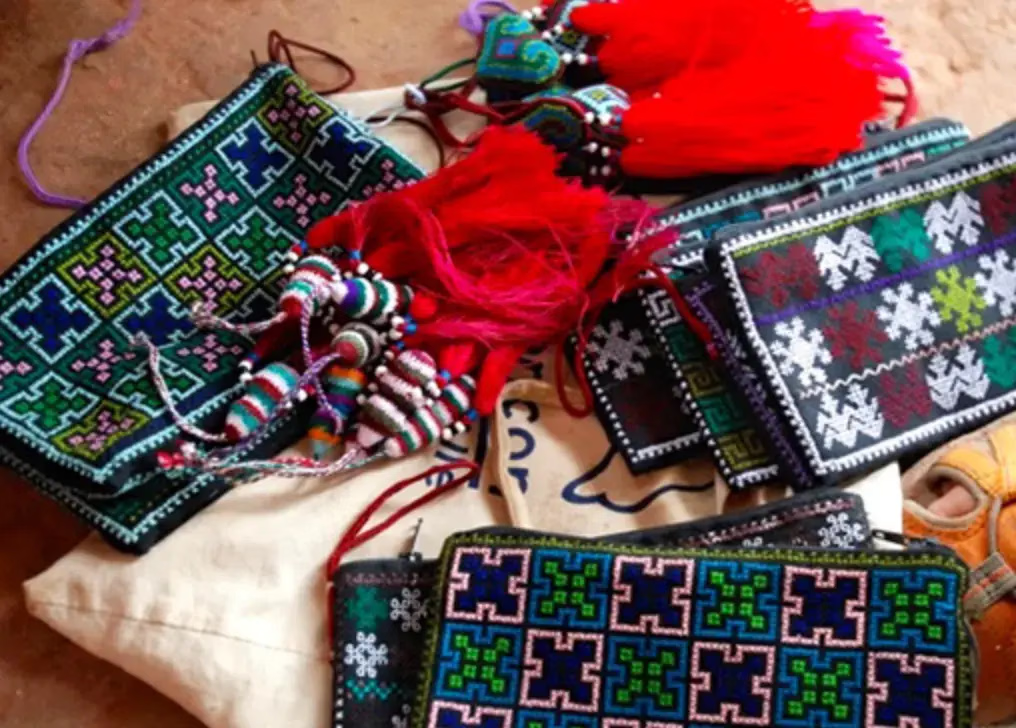
Craftwork
Laos craftwork encompasses a wide range of traditional handmade products, reflecting the country's rich cultural heritage and skilled artisanal traditions. Many of these crafts showcase intricate designs, vibrant colors, and meticulous attention to detail.
Laotian craftwork not only serves functional purposes but also holds significant cultural and symbolic value, contributing to the preservation and celebration of Laos' cultural identity.
Additionally, craft production plays a role in the country's economy, with efforts underway to promote and expand the market for Laotian handicrafts both domestically and internationally.
Warfare-related
Laos, part of Southeast Asia, played a pivotal role in the Vietnam War (1955-1975). The conflict involved North Vietnamese and Pathet Lao forces against the Royal Lao Government and its U.S.-backed allies.
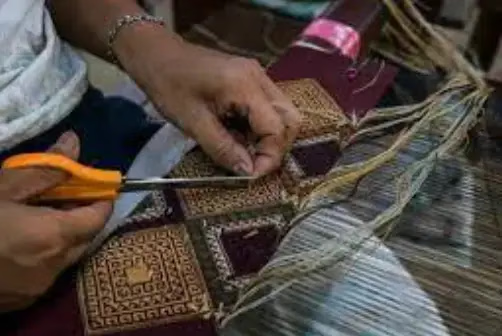
Fabric & Leather
Traditional fabrics and leather products in Laos are significant resources that reflect their culture and history. Laotian textiles are particularly known for their handwoven silk and cotton, featuring beautiful patterns and colors.
Traditional weaving techniques, such as ikat, have been passed down through generations, primarily produced by Laotian women.
Leather products combine traditional craftsmanship with modern designs, including items like shoes, bags, and belts.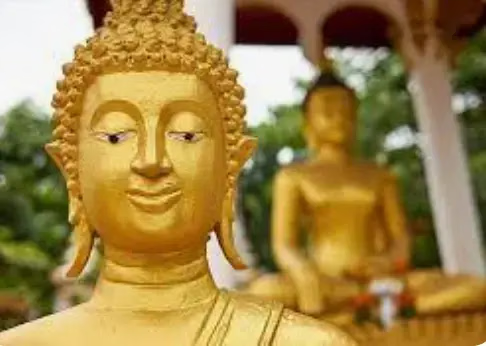
Buddha Statue
Lao Buddha statues are predominantly made of bronze, with occasional use of gold and silver.
Among these, Vat Manorom is renowned as the oldest colossal sculpture, while the artwork at Garden Luang Pu Bunleua Sulilat adds a contemporary touch to this ancient tradition.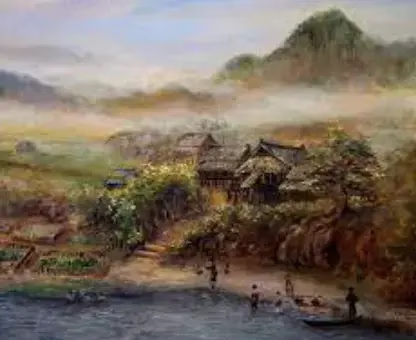
Painting
Western-style oil and water-color painting arrived in Laos during the French colonial period. The first Western art school was opened by the French painter Marc Leguay (1910-2001), who taught traditional drawing, metalwork and graphic art there from 1940 to 1945, and later taught art at the Lycée de Vientiane until 1975.
Marc Leguay portrayed scenes of Lao life in vibrant colors and is chiefly remembered for the postage stamp designs he produced on commission to the Royal Lao Government during the 1950s.
Currency
The official currency of Laos is the Kip (Laotian Kip, LAK). Introduced in 1952, the current banknotes and coins are issued in various denominations. The Bank of the Lao P.D.R. oversees the issuance of the Kip, which serves as the primary medium of exchange in the Laotian economy.
One Kip is subdivided into 100 Att, though Att coins are rarely used today. The value of the Kip fluctuates with the economic development of Laos.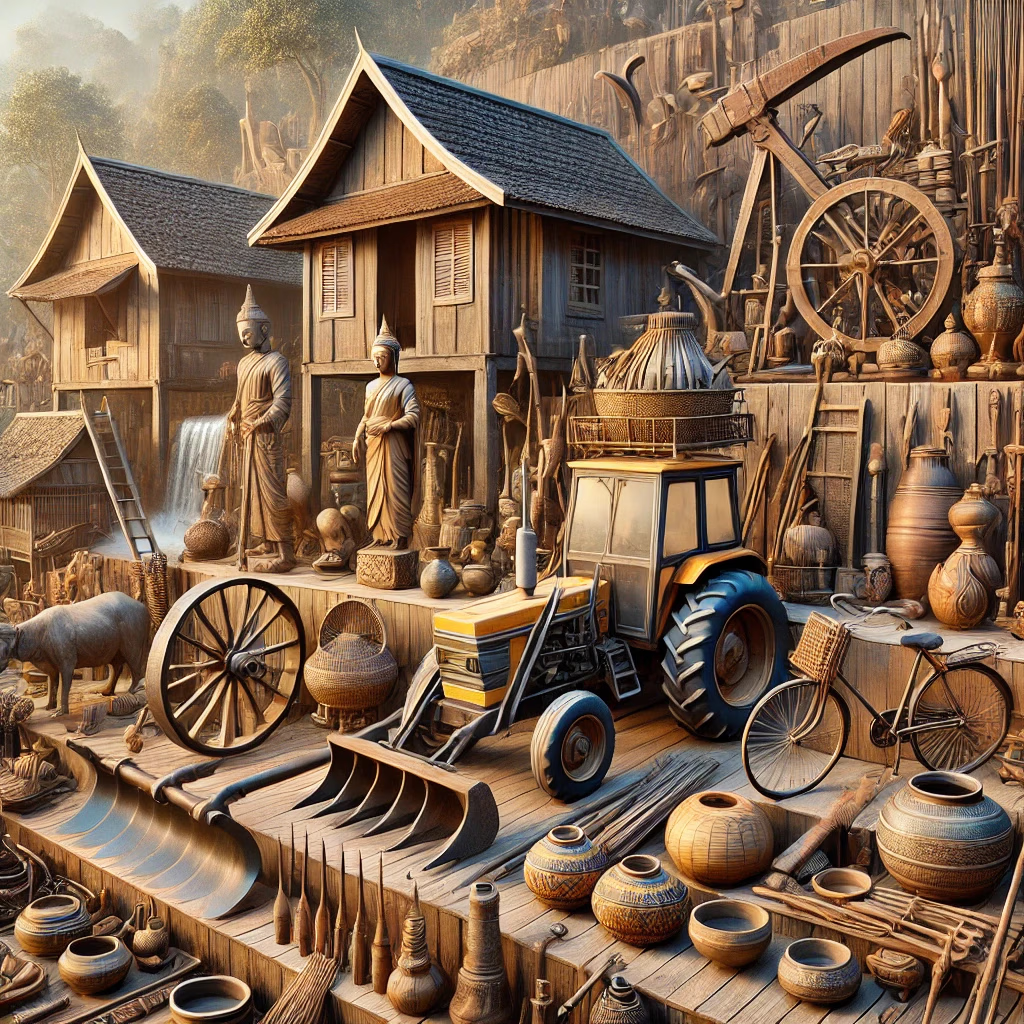
Tools
Traditional agricultural tools are primarily made of wood and metal and include plows, sickles, and hoes. In modern times, mechanized agricultural and construction tools have been introduced to improve efficiency.
Additionally, Laos's pottery, weaving, and woodworking crafts are created using traditional techniques, playing a crucial role in the economy and culture of local communities.
Natural History
The country boasts rich biodiversity with numerous rare species of flora and fauna. Major ecological regions like the Mekong River Basin include globally significant wetlands and conservation areas.
Additionally, archaeological sites such as the Tam Pa Ling Cave provide crucial insights into early human history.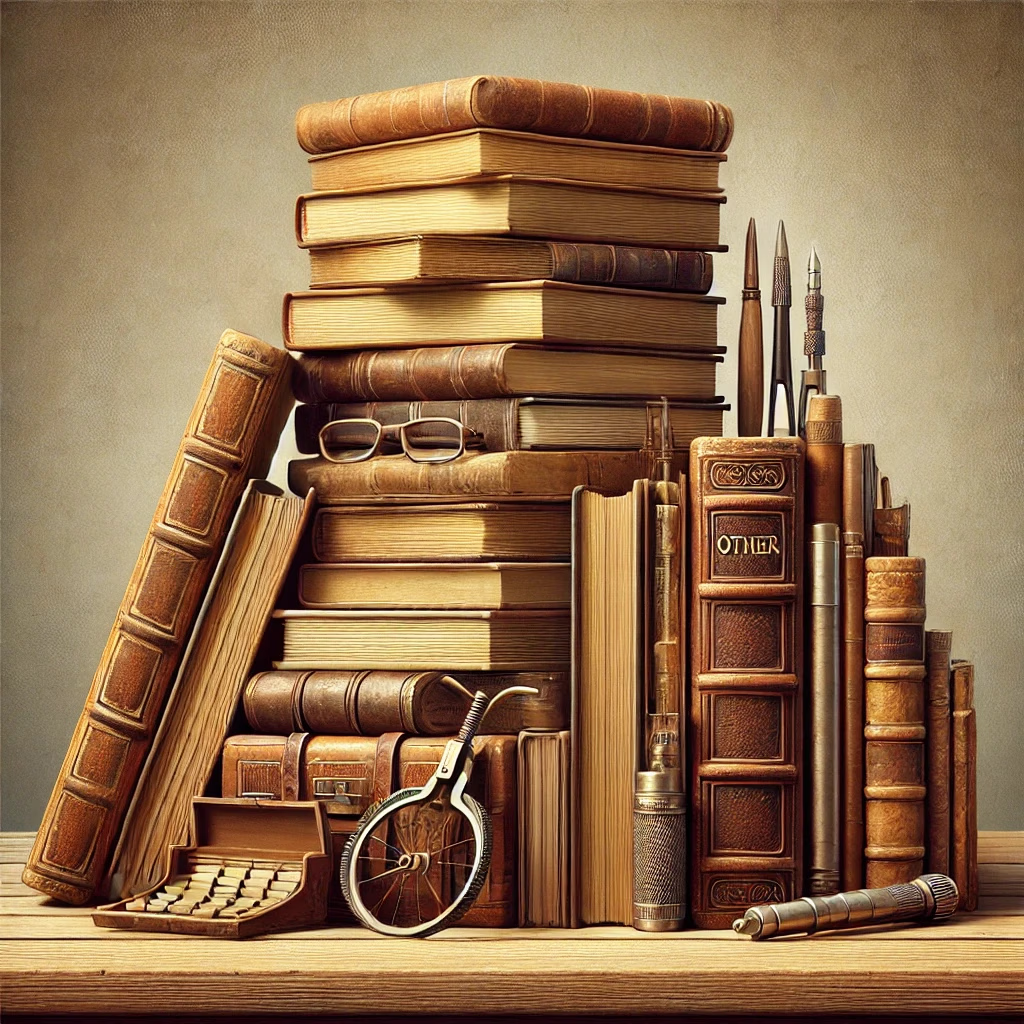
Other
The theme of artifacts categorized as miscellaneous.